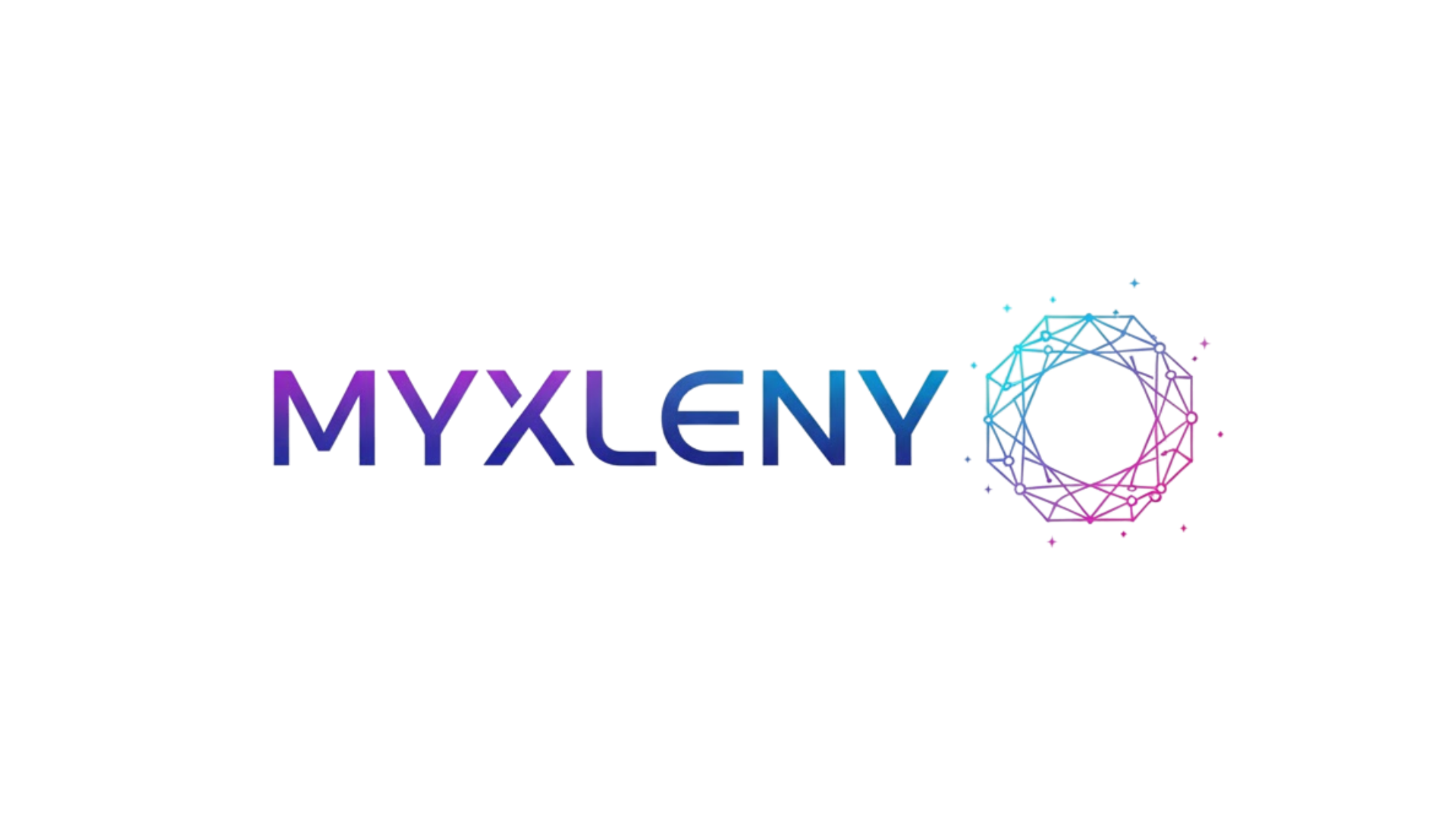In today’s fast-paced digital world, cloud-based productivity tools have revolutionized how we work, enabling seamless collaboration and organization from virtually anywhere with internet access.
🚀 The Cloud Revolution: Transforming How We Work
The workplace has undergone a dramatic transformation over the past decade. Gone are the days when productivity was confined to office desks with bulky desktop computers and file cabinets. Cloud-based productivity tools have emerged as the cornerstone of modern work culture, offering unprecedented flexibility and efficiency that traditional methods simply cannot match.
These innovative solutions have fundamentally changed how teams collaborate, how individuals manage their tasks, and how businesses operate on a global scale. Whether you’re a freelancer working from a coffee shop, a remote team spread across different time zones, or a traditional office looking to modernize operations, cloud-based tools provide the infrastructure needed to thrive in today’s competitive landscape.
The beauty of cloud technology lies in its accessibility. With just an internet connection and a device, you can access your entire work environment from anywhere in the world. This flexibility has become not just a luxury but a necessity in our increasingly mobile and distributed workforce.
📊 Understanding Cloud-Based Productivity: What Makes It Special
Cloud-based productivity tools are software applications hosted on remote servers that users can access through the internet rather than installing them locally on their devices. This fundamental shift in how software is delivered and consumed brings numerous advantages that traditional desktop applications struggle to provide.
The real-time synchronization feature ensures that your latest work is always available across all your devices. Edit a document on your laptop during your commute, review it on your smartphone during lunch, and present it on a tablet during your afternoon meeting – all without manually transferring files or worrying about version conflicts.
Automatic updates represent another significant benefit. Unlike traditional software that requires manual downloads and installations, cloud-based tools update automatically, ensuring you always have access to the latest features and security patches without any effort on your part.
Core Benefits That Drive Adoption
The widespread adoption of cloud-based productivity tools isn’t accidental. Organizations and individuals are making the switch because of compelling advantages that directly impact their bottom line and work quality:
- Cost Efficiency: Eliminate expensive hardware investments and reduce IT maintenance costs significantly
- Scalability: Easily adjust your subscription and storage needs as your team grows or contracts
- Disaster Recovery: Automatic backups protect against data loss from hardware failures or accidents
- Enhanced Security: Enterprise-grade encryption and security protocols that small teams couldn’t afford otherwise
- Environmental Impact: Reduced energy consumption and carbon footprint compared to traditional server infrastructure
💼 Essential Cloud-Based Tools for Maximum Productivity
The cloud productivity ecosystem has matured significantly, offering specialized tools for virtually every aspect of modern work. Understanding which tools best serve your specific needs is crucial for building an efficient workflow that doesn’t overwhelm you with unnecessary complexity.
Document Creation and Collaboration Platforms
Google Workspace has become synonymous with cloud-based document collaboration. Google Docs, Sheets, and Slides offer robust functionality that rivals traditional office suites while providing seamless real-time collaboration features. Multiple team members can simultaneously edit documents, leave comments, and track changes without the version control nightmares that plague email-based collaboration.
Microsoft 365 brings the familiarity of traditional Office applications to the cloud. For organizations heavily invested in the Microsoft ecosystem or industries that require advanced formatting and features, Microsoft 365 provides the perfect balance between traditional functionality and modern cloud capabilities.
Project Management and Task Coordination
Trello revolutionized project management with its intuitive kanban-board interface. Visual learners particularly appreciate the ability to see project progress at a glance, moving cards across boards as tasks progress from conception to completion. The simplicity masks powerful features like automation, integrations, and detailed tracking capabilities.
Asana offers a more structured approach to project management, ideal for teams handling complex projects with multiple dependencies. Its timeline views, workload management features, and sophisticated reporting tools help managers ensure nothing falls through the cracks while preventing team burnout.
Communication and Video Conferencing Solutions
Slack transformed workplace communication by organizing conversations into channels, making it easy to keep discussions focused and searchable. The ability to integrate with hundreds of other tools creates a central hub where notifications, updates, and information flow seamlessly into your team’s conversation.
Zoom became a household name during the remote work revolution, offering reliable video conferencing that scales from one-on-one meetings to large webinars. Features like breakout rooms, screen sharing, and recording capabilities make it indispensable for distributed teams.
⚡ Streamlining Your Workflow with Cloud Integration
The true power of cloud-based productivity tools emerges when you integrate them into a cohesive workflow. Individual tools provide value, but connected ecosystems multiply that value exponentially by eliminating redundant data entry and automating routine tasks.
Modern integration platforms like Zapier and IFTTT act as bridges between different cloud services, creating automated workflows that trigger actions across multiple applications. For example, you could automatically create Trello cards from new Gmail emails, save email attachments to Google Drive, and send Slack notifications when important documents are updated.
Building Your Personalized Productivity Stack
Creating an effective cloud-based productivity system requires thoughtful consideration of your specific needs and working style. Start by identifying your pain points: Where do tasks fall through the cracks? Where does communication break down? Which repetitive tasks consume disproportionate amounts of time?
Begin with essential tools that address your most critical needs rather than trying to implement everything at once. A document collaboration platform, a project management tool, and a communication app form the foundation for most productivity stacks. Once these core elements are working smoothly, you can add specialized tools for specific needs like time tracking, password management, or customer relationship management.
Regularly evaluate your tool usage. Tools that seemed perfect initially might not scale with your evolving needs, while new solutions constantly emerge that might serve you better. Maintaining a lean, efficient tech stack prevents tool fatigue and subscription bloat.
🔐 Security Considerations in the Cloud Era
While cloud providers invest heavily in security infrastructure, users must still practice good security hygiene to protect sensitive information. Understanding the shared responsibility model of cloud security helps clarify where provider responsibility ends and user responsibility begins.
Strong, unique passwords for each service represent your first line of defense. Password managers like LastPass or 1Password make it practical to maintain complex passwords without the cognitive burden of remembering them all. These tools themselves are cloud-based, syncing your encrypted password vault across devices.
Two-Factor Authentication: Your Essential Safety Net
Enabling two-factor authentication (2FA) on all cloud services dramatically increases account security. Even if someone compromises your password, they cannot access your account without the second authentication factor. Most services now support authenticator apps, which provide better security than SMS-based codes.
Regular security audits of your cloud accounts help identify potential vulnerabilities. Review which third-party applications have access to your accounts, check for suspicious login activity, and ensure former team members no longer have access to shared resources. Many cloud platforms provide detailed security logs and alerts to help you monitor account activity.
🌍 Maximizing Mobility: Productivity on Any Device
The true promise of cloud-based productivity tools is location independence. Whether you’re working from a home office, a client site, or a beach in Bali, your entire work environment travels with you. This mobility requires some adaptation in your working habits to remain productive across different contexts and devices.
Mobile apps for your core productivity tools ensure you can stay productive during unexpected downtime or when away from your primary workstation. However, mobile productivity differs from desktop work – quick edits, reviews, and communications work well on mobile devices, while deep creative work or detailed analysis often benefits from larger screens and full-featured applications.
Offline Capabilities: Staying Productive Without Connectivity
Despite improving internet connectivity, situations still arise where you lack reliable network access. Most mature cloud-based tools now offer offline modes that sync changes once connectivity returns. Enabling offline access for critical documents and applications ensures temporary connectivity issues don’t completely halt your productivity.
Planning ahead for offline periods maximizes their productivity potential. Before a flight or trip to an area with poor connectivity, download necessary documents, queue up tasks that don’t require internet access, and ensure your devices are charged and ready.
📈 Measuring and Improving Your Cloud Productivity
Adopting cloud-based tools represents an investment of time and resources. Tracking metrics helps ensure you’re receiving adequate returns on that investment while identifying opportunities for improvement. Different roles and organizations will prioritize different metrics based on their specific objectives.
Time tracking tools integrated with your productivity stack reveal how long tasks actually take versus estimates. This data improves future planning accuracy while highlighting inefficiencies in your current processes. Time Doctor, Toggl, and RescueTime offer various approaches to time tracking that integrate with popular productivity platforms.
Collaboration Metrics That Matter
For teams, collaboration quality often matters more than individual productivity. Track metrics like response times in communication channels, document collaboration frequency, and meeting efficiency. These measurements help identify communication bottlenecks and ensure remote team members remain engaged and connected.
Regular retrospectives with your team about tool effectiveness create opportunities for continuous improvement. What’s working well? What friction points remain? Are there newer tools that might better serve emerging needs? This ongoing dialogue ensures your productivity stack evolves with your organization.
🎯 Overcoming Common Cloud Productivity Challenges
Despite their numerous benefits, cloud-based productivity tools present challenges that can undermine their effectiveness if not properly addressed. Tool overload represents perhaps the most common pitfall – enthusiastically adopting every new productivity app eventually creates more complexity than the tools eliminate.
Notification fatigue from multiple communication channels competing for attention fragments focus and reduces deep work capacity. Establishing clear notification hierarchies and communication norms helps teams strike the balance between responsiveness and focused productivity. Not every message requires immediate attention, and treating all communications as urgent creates unnecessary stress.
Maintaining Focus in an Always-Connected World
The accessibility that makes cloud tools powerful also creates challenges for work-life balance. When your entire office lives in your pocket, establishing boundaries becomes crucial for preventing burnout. Set clear working hours, use do-not-disturb features strategically, and resist the temptation to check work communications during personal time.
Creating digital rituals helps maintain structure in flexible work environments. Start your day by reviewing your task list and priorities, batch similar activities together, and establish a shutdown routine that signals the end of your workday. These practices provide psychological boundaries even when physical boundaries blur.
🌟 Future-Proofing Your Cloud Productivity Strategy
The cloud productivity landscape continues evolving rapidly, with artificial intelligence and machine learning increasingly embedded in productivity tools. Smart features like automated scheduling, predictive text, and intelligent suggestions already enhance efficiency, with more sophisticated capabilities emerging constantly.
Staying informed about productivity trends without chasing every new feature requires discernment. Follow trusted technology publications, participate in professional communities, and maintain a healthy skepticism about overhyped solutions. The best tool is the one you actually use consistently, not necessarily the one with the most features.
As you continue your cloud productivity journey, remember that tools exist to serve your goals, not the reverse. Regularly reassess whether your current tools align with your evolving needs and working style. The flexibility of cloud-based solutions means switching costs are lower than traditional software, making it easier to adapt when your circumstances change.

🎉 Embracing the Cloud-Powered Future
Cloud-based productivity tools have fundamentally transformed what’s possible in modern work environments. The ability to collaborate seamlessly across distances, access your work from anywhere, and leverage enterprise-grade tools at accessible price points democratizes productivity in unprecedented ways. Small teams now wield capabilities that once required dedicated IT departments, while large organizations gain the flexibility to adapt quickly to changing circumstances.
Success with cloud productivity tools requires more than simply subscribing to popular services. Thoughtful implementation, consistent usage patterns, and regular optimization ensure you extract maximum value from your investments. Start with essential tools that address your most pressing needs, expand deliberately as you identify gaps, and maintain the discipline to remove tools that no longer serve you.
The future of work is already here, distributed across cloud servers and accessible from anywhere with an internet connection. By embracing cloud-based productivity tools strategically, you position yourself and your team to thrive in this new landscape, staying organized, efficient, and competitive regardless of where work happens. The question isn’t whether to adopt cloud productivity tools, but how quickly you can leverage them to transform your workflow and achieve your goals.
Toni Santos is a future-of-work researcher and social innovation writer exploring how technology, culture, and global mobility are redefining what it means to work and thrive in the 21st century. Through his studies on automation, digital nomadism, and workforce transformation, Toni examines the balance between progress, adaptability, and human purpose in a rapidly changing world. Passionate about remote collaboration systems and digital inclusion, Toni focuses on how emerging tools and global connectivity empower individuals to build meaningful, flexible, and resilient careers. His work highlights how automation and new work models can coexist with creativity, empathy, and social value. Blending sociology, economics, and digital strategy, Toni writes about the human side of innovation — helping readers understand not only where work is heading, but how to align with its transformation responsibly and purposefully. His work is a tribute to: The evolving relationship between automation and human employment The rise of global, location-independent lifestyles The power of resilience and adaptability in the modern workforce Whether you are a freelancer, remote leader, or curious observer of the new economy, Toni Santos invites you to explore the future of work — one idea, one connection, one transformation at a time.




